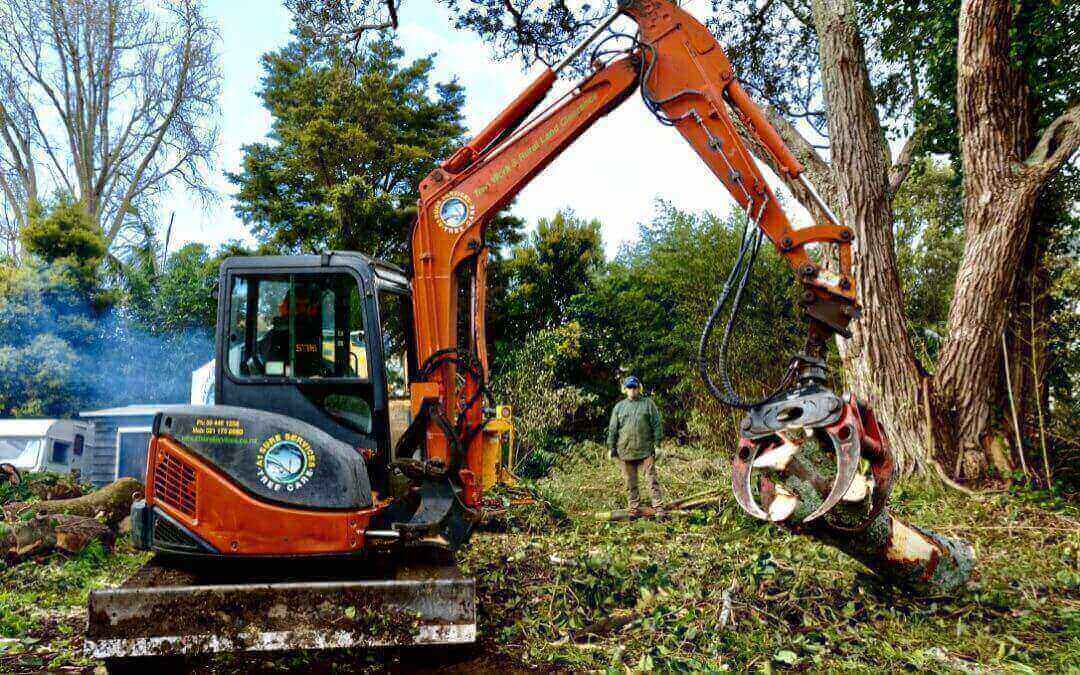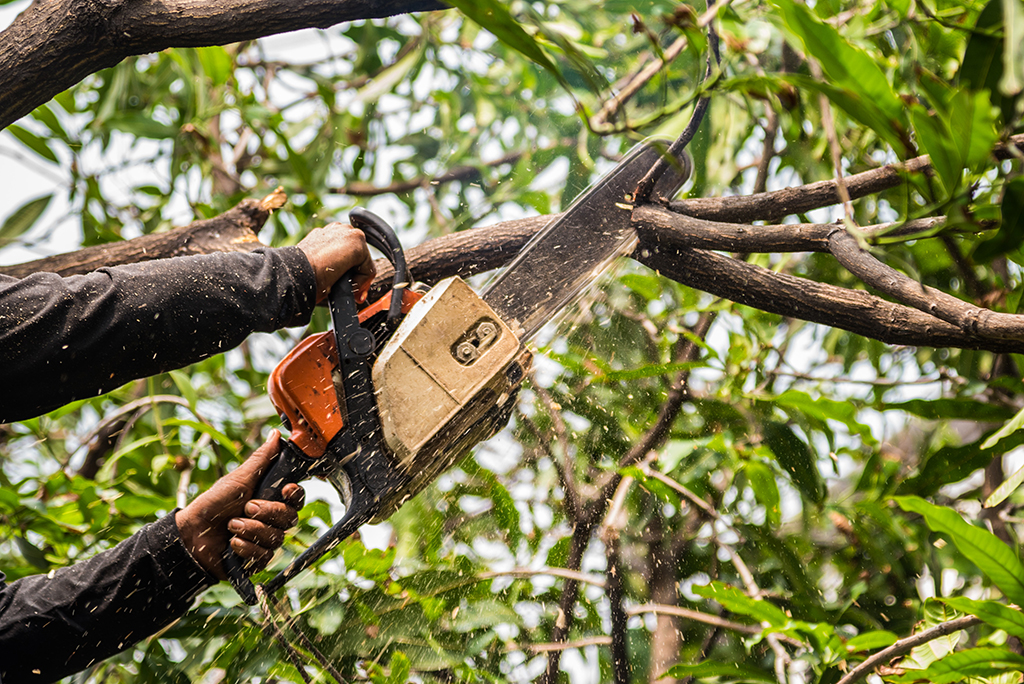Professional tree trimming equipment
Introduction
If you’ve ever tried to shape a tree’s branches by hand, you know it’s no small feat! For professional arborists and dedicated homeowners, proper tree trimming equipment is essential. Let’s explore the gear that ensures both safety and precision in tree care.
Why Tree Trimming Matters
Tree trimming is more than aesthetics; it’s vital for safety, health, and growth. By regularly trimming branches, you minimize the risk of dead limbs falling, support tree health, and enhance the natural beauty of the landscape.
Basic Tree Trimming Tools
Hand Pruners
Hand pruners, or secateurs, are must-haves for any tree trimming job. These small, easy-to-use tools are perfect for cutting smaller branches and stems, allowing precise cuts for optimal tree health.
Loppers
Loppers are essentially oversized pruners with long handles, giving you extra leverage to cut thicker branches. They’re essential for reaching deeper into trees and managing branches up to about 2 inches in diameter.

Pole Pruners
When you need to reach branches high up in the tree, pole pruners come to the rescue. They extend your reach, making it easier to handle higher branches without climbing or using a ladder.
Advanced Tree Trimming Equipment
Chainsaws
Chainsaws are the go-to for cutting larger limbs and branches that basic hand tools can’t handle. Available in various sizes, from small to heavy-duty, they’re versatile tools essential for professional-grade tree work.
Hedge Trimmers
Though typically associated with shrubs, hedge trimmers are valuable for trimming smaller trees or managing dense branches. They allow you to work swiftly over large areas, making them ideal for shaping.
Specialized Equipment for Professionals
Climbing Gear
Climbing ropes, harnesses, and helmets are essential for arborists working at significant heights. This equipment provides safety and stability, enabling professionals to work securely on tall trees without facing any risk.
Rigging Equipment
Rigging involves using ropes, pulleys, and carabiners to secure and lower heavy branches. This gear is essential for trimming large trees safely and efficiently, particularly in confined spaces.
Safety Gear for Tree Trimming
Helmets and Goggles
Falling debris and sharp branches make helmets and goggles essential. They protect you from potential head and eye injuries, especially when using chainsaws or trimming above your head.
Protective Clothing
From gloves to chainsaw-resistant chaps, protective clothing is necessary for personal safety. These items shield you from cuts, scratches, and the elements, keeping you safe while working.
Understanding Equipment Maintenance
Tool Sharpening
Sharp tools make cleaner cuts, promoting tree health and reducing fatigue for the user. Regular sharpening also helps prevent injuries caused by forcing dull tools.
Lubrication and Cleaning
Lubricating moving parts and keeping tools clean improves their longevity. Dirt, sap, and rust can wear down equipment over time, so consistent maintenance is essential.
Helpful Advice for Selecting the Best Tools for Tree Pruning
Size and Type of Trees
Select your tools based on the trees you’re managing. Smaller tools work best for young, small trees, while mature, large trees may require chainsaws and rigging gear.
Project Frequency and Scale
Consider how often you trim trees and the scale of each job. Investing in high-quality equipment may be worth it for frequent, large projects, while casual trimmers might prioritize affordability.
Electric vs. Manual Tools: Pros and Cons
Power tools offer speed and convenience, while hand tools provide greater control and operate silently. For those looking for eco-friendly options, some manual tools may be preferable, as they produce no emissions.
Budgeting for Professional Equipment
Professional equipment can be an investment. Start by purchasing essential tools, then add more specialized gear as you build your skills and expand your projects.
Environmental Considerations in Tree Trimming
Many power tools run on gasoline, contributing to carbon emissions. Electric alternatives are a cleaner option, and manual tools have the smallest environmental footprint. Always dispose of waste responsibly and avoid trimming during nesting season.

The Role of Technology in Modern Tree Trimming
Technology has advanced tree trimming tools significantly, with battery-operated chainsaws and pruning tools that offer both power and portability. Smart technology in arboriculture can even assess tree health and growth.
How to Store Tree Trimming Equipment Properly
Store your equipment in a dry, cool area, and keep tools organized and free from moisture. Storing equipment properly prevents rust and damage, prolonging the life of your tools.
Hiring vs. DIY Tree Trimming
While DIY tree trimming saves money, hiring professionals ensures safety and expertise for challenging jobs. Professionals have the experience and equipment for tackling large or dangerous trees effectively.
Conclusion
Professional tree trimming equipment is crucial for effective, safe, and precise work. From basic hand tools to advanced climbing gear, each piece serves a specific purpose in maintaining tree health and appearance. By choosing the right equipment, maintaining it well, and understanding when to hire professionals, you’re well on your way to expertly managed trees.
